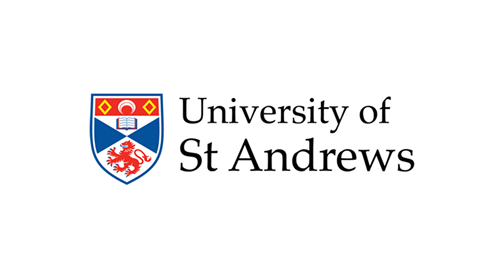The University of st Andrews

The University of St Andrews is Scotland's first university and the third oldest in the English speaking world, founded in 1413. Over six centuries it has established a reputation as one of Europe's leading and most distinctive centres for teaching and research. The School of Physics and Astronomy has an internationally recognized and vibrant set of research programs in astrophysics, condensed-matter physics, and notably photonics. In the UK for Research Assessment Exercise (REF 2015), we were delighted to see our research performance acknowledged by the panel's decision to rank us joint 3rd in the UK recognizing our international impact and world-renowned studies. The department has around 35 academic staff work with approximately 50 research fellows and contract research staff, and about 55 PhD students. Major facilities include suites of meeting/lecture rooms and an on-site library. The Medical School has newly renovated research laboratories and excellent research facilities including those in biophotonics. We have a newly established Centre for Biophotonics (2019) at St Andrews supporting a suite of activities in this area.
The University’s main tasks in this project have involved development of fibre-based solution for laser pulse delivery and development of two-photon light-sheet endoscopy, wavelength modulated Raman analysis, integration of Raman with optical coherence tomography.
Contact
Prof. Kishan Dholakia gained his PhD in 1994 and has been a full professor at St Andrews since 2003. He has a wide range of interests in photonics including manipulation, shaping light and applying advanced methods to Raman, light sheet imaging, trapping and transmission within complex media. His group has been at the forefront of numerous bio-photonics advances including new methods of sorting cells, single and multiple cell transfection, early diagnosis of lung, cervical and bladder cancer using improved Raman analysis and beams shaping for light sheet microscopy. He has published over 300 papers and has more than 26000 citations and an h-index of 82 (Google Scholar 18/03/19). He is a fellow of the Royal Society of Edinburgh, SPIE and OSA. In 2016, he won the R.W. Wood Prize of the Optical Society; in 2017, he won the IOP Thomas Young Medal and Prize and is the 2018 recipient of the SPIE Dennis Gabor Award.
Prof. Dholakia is the inventor of both Airy light sheet and wavelength modulated Raman spectroscopy (WMRS) and will contribute to these areas in WP3, WP4 and the integration of WMRS with OCT.